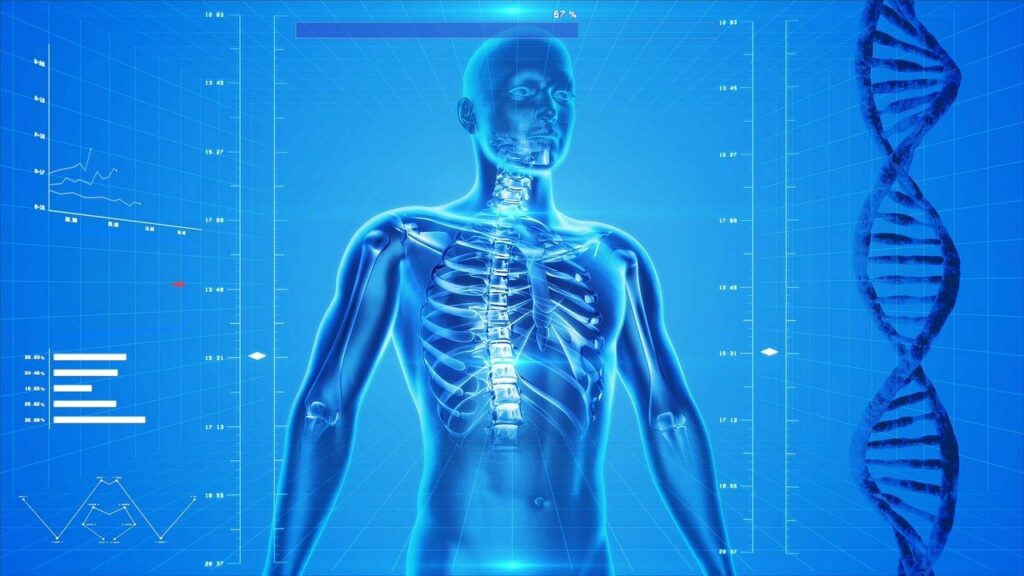Anatomy and physiology is typically associated with the structure and function of the human body. As an exercise program requires its own structure and function, it too can be said to have its own anatomy and physiology. One step further: its structure and function actually largely contribute to the structural and functional adaptations that our bodies are capable of. Here is what I mean: the way an exercise program is structured and the actions it propagates have huge implications on how the body responds. In essence, the anatomy and physiology of an exercise program reflects the anatomy and physiology of the person who follows it.

Let’s look at a couple of examples. Say person A works out 3 days a week and follows a push, pull, legs split. They will undoubtedly either be able to maintain a healthy weight or make great progress through following this blueprint. However, if person B works out 6 days a week and follows the same split, the results will be better, everything else remaining the same. This is due to many factors, including burning more calories throughout the week, optimizing muscle-protein synthesis, and gaining more experience overall. So, the split remains the same, but the frequency is different; this anatomical (structural) and physiological (functional) difference will be reflected in the progress made. Now, say person A and B both train 5 days a week, but person A works in the 15-20 repetition zone, while person B works in the 1-5 repetition zone. Person A will improve in endurance, and person B in strength. They are both training the same amount of time, but their outcomes will be different (though both are good outcomes).
“IN ESSENCE, THE ANATOMY AND PHYSIOLOGY OF WORSHIP (WHICH TAKES MANY FORMS NOT LIMITED TO CHURCH WALLS) REFLECTS THE ANATOMY AND PHYSIOLOGY OF THE WORSHIPPER (PSALM 115:1-18).”
More importantly, much can be said about this subject from a theological perspective (dealing with the relationship between us and God) too. Human beings are inherently creatures of worship; it is not if they will worship, but who/what they will worship. This who/what will be reflected in one’s own actions, habits, and thinking. In essence, the anatomy and physiology of worship (which takes many forms not limited to church walls) reflects the anatomy and phsyiology of the worshipper (Psalm 115:1-18).
How someone views the body affects what one will do when it comes to exercise. This is where my passion for theology meets my passion for physical fitness, and sound theology wins every time. If your modes of exercise cause you to stumble, shun them. However, since it is not a matter of if we will exercise, but how we will exercise, the good fruit that can be produced ought to be pressed on toward. God created the body, and in Him, we live, and move, and have our being (Acts 17:28).
